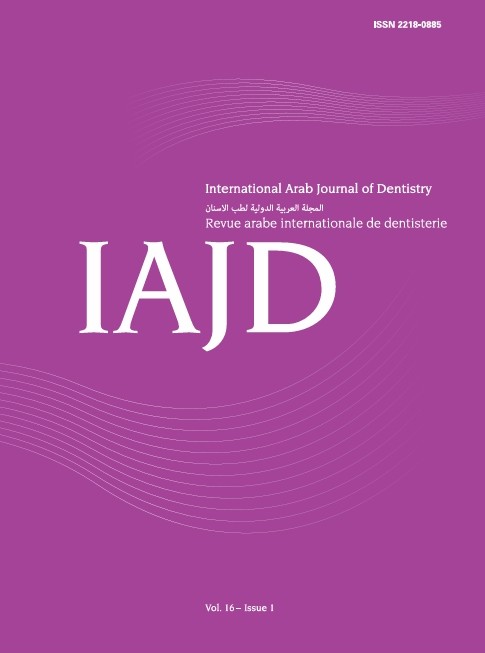Abstract
Introduction: The use of soft tissue grafts has been a key component in periodontal and implant surgeries for the past five decades, aiming to increase the width of keratinized tissue and soft tissue volume.
Objectives: This study evaluates the efficacy of a three-dimensional volume-stable collagen matrix (VCMX) compared to subepithelial connective tissue grafts (SCTG) in increasing soft tissue thickness and volume during multiple implant placements.
Methods: A randomized controlled clinical trial was conducted with four patients and eight implants. Patients were allocated to the SCTG or VCMX group, with soft tissue augmentation performed simultaneously with implant placement. Outcome measurements included soft tissue thickness, keratinized tissue height, surgical time, and histological analysis.
Results: Results indicated no statistically significant differences between the two groups over three months in keratinized mucosa height (KMH) and mucosal thickness (MT). However, the VCMX group showed reduced surgical time. Histological analysis demonstrated mature collagen and connective tissue integration in both groups.
Conclusions: Despite the small sample size, the study suggests that both SCTG and VCMX effectively improve mucosal thickness, with VCMX offering reduced surgical time and lowered morbidity and discomfort for the patient due to the absence of connective tissue harvesting from the palate.

